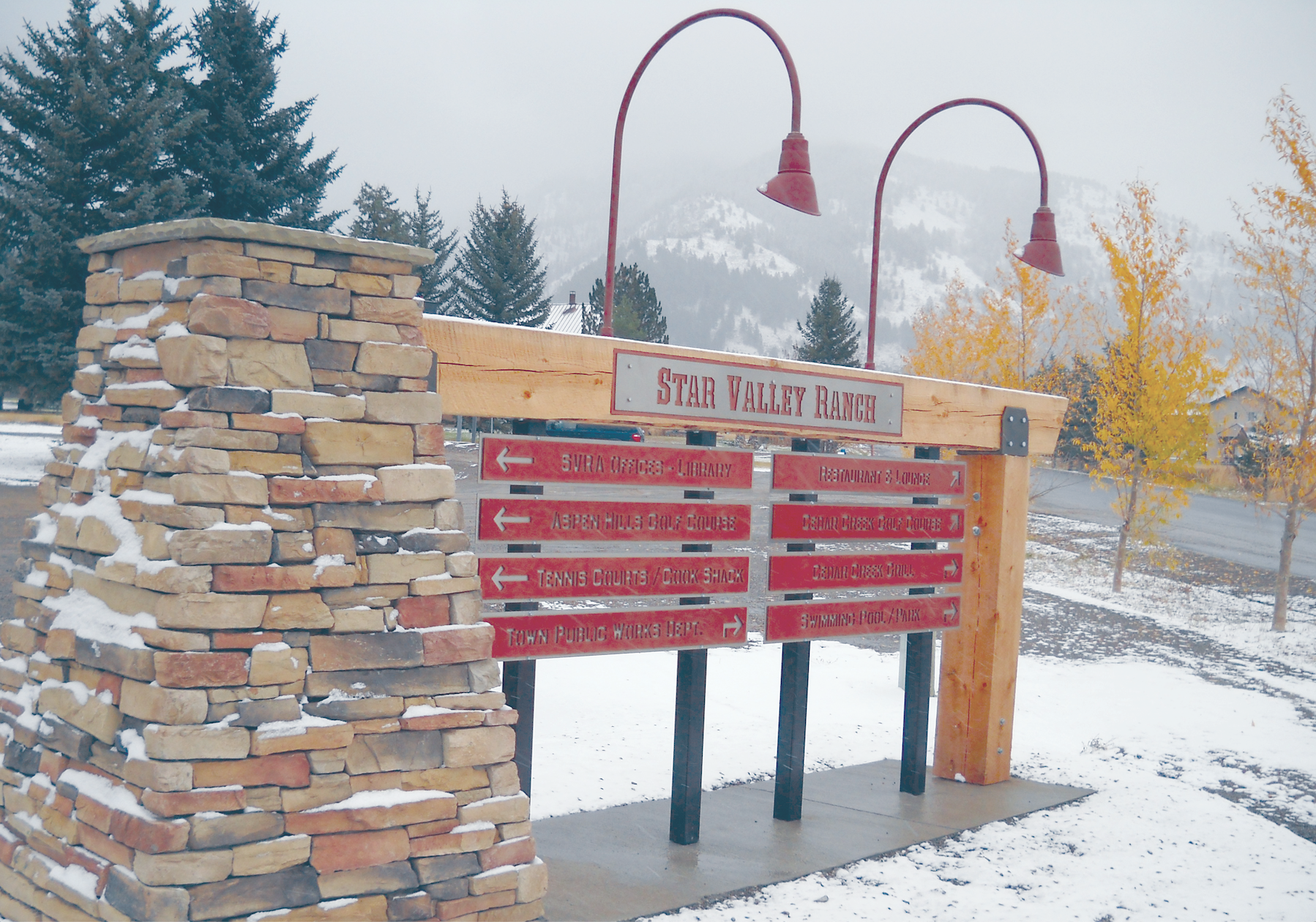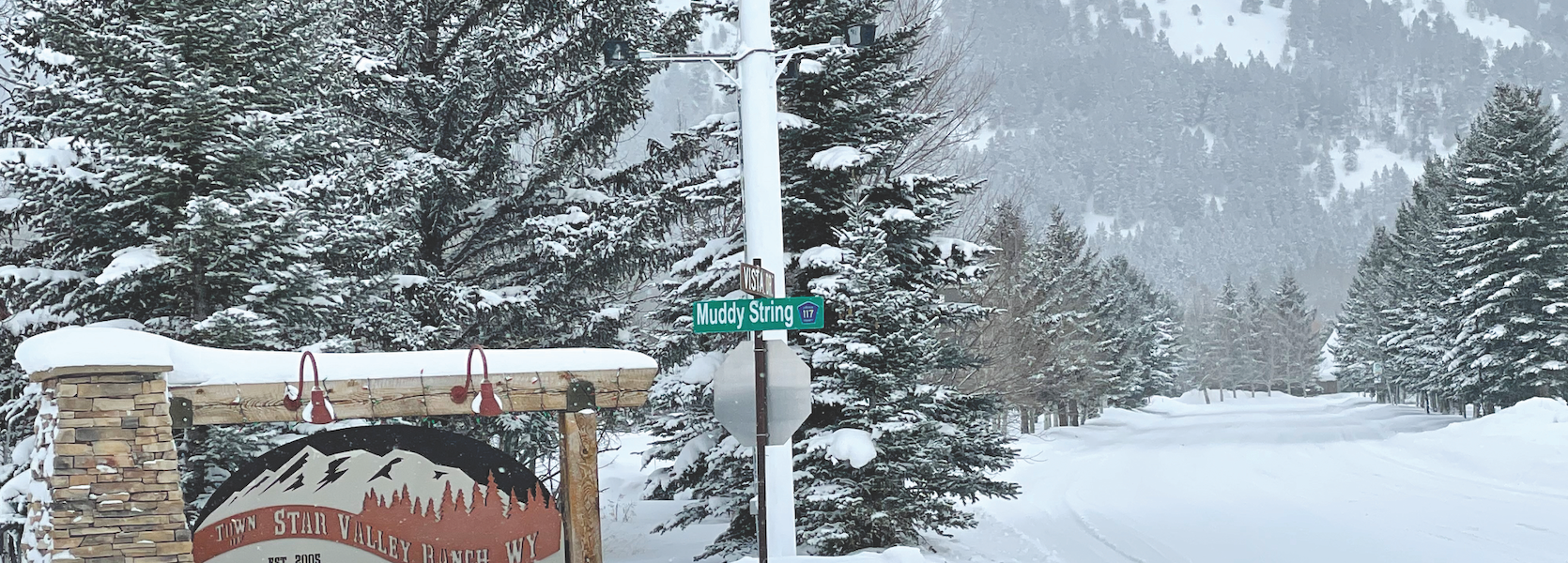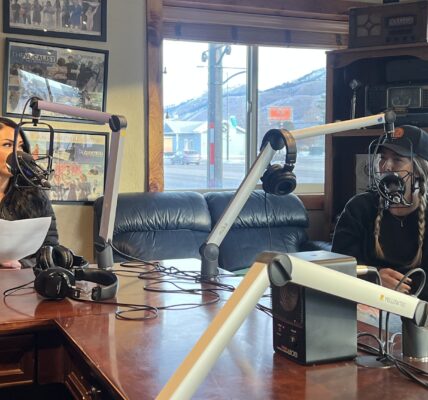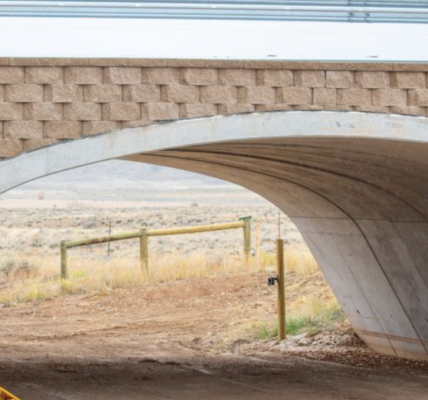
By Ellen Gerst
Casper Star-Tribune
Via- Wyoming News Exchange
CASPER — Wyoming’s population is growing faster than the country’s.
The state’s population grew by 1,536 people between July of 2020 and 2021, according to data from the census bureau. That’s an increase of 0.3%, above the nationwide average of 0.1% in the same time period.
Data also shows more people moving into Wyoming since July 2020.
Over a year, 1,368 more people moved to the state than left it, an announcement from state economist Dr. Wenlin Liu said.
Between 2014 and 2019, Liu said, Wyoming saw more people leave than arrive in the state each year. While the state lost a net of 474 people in 2019, that pattern turned around in 2020.
Lincoln County reported the highest rate of growth in that time, with an increase of 2.4% from July 2020. The area is home to Kemmerer, the site of a proposed advanced nuclear reactor, and also houses 9% of people who work in Teton County according to a housing needs assessment for the region.
Teton County is the most expensive place to live in Wyoming.
Counties in the north of the state also saw their populations grow.
Sheridan County’s increased by 2.1%, according to the data, and Crook and Johnson counties increased by 1.9% each. There was a 1.5% increase in Park County, and 1.4% in Big Horn County.
“Many people chose to relocate to less populated and lower cost areas during the pandemic, and the increased availability of remote work made this possible,” Liu said.
The exception in the north is Campbell County, which lost 1.5% of its population based on the census estimates.
Last year, the New York Times reported that Gillette, the county seat, was among the 10 metropolitan areas in the U.S. whose population decline sped up the most during the first year of the pandemic.
Campbell County’s major economic driver is energy, and both coal and oil suffered slowdowns during the pandemic.
Other counties that rely heavily on the energy industry also experienced declines — Sweetwater County with a 1.3% decrease, Weston with 0.9%, Natrona with 0.8% and Converse with 0.4%. Sublette and Hot Springs counties also lost population.
“The COVID-19 virus hit energy producing and serving areas especially hard as demand plummeted, and the rebound of the industry has been painfully slow, particularly in Wyoming,” said Liu.
There were 171 more births than deaths in Wyoming between July 2020 and July 2021, data shows.
Liu said that growth from “natural change,” or births versus deaths, has steadily declined in the last 12 years as birth rates go down and baby boomers continue to age.
An analysis of 2020 census data showed that Wyoming had the slowest population growth of any Western state in the decade prior, and the seventh-slowest in the nation. Census figures showed population growth in Wyoming’s bigger cities and declines in small towns.






